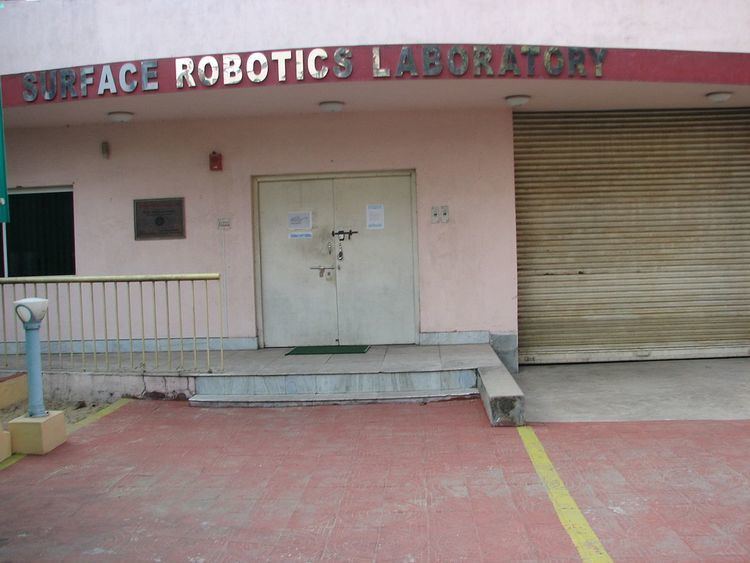Established February 26, 1958 Field of research Mobile Robots Head Dr.S Majumder | Research type Public Institution Director Pijush Pal Roy | |
 | ||
Motto यन्त्र मेवास्माकम मंत्र:(yantra mewasmaakam mantra)(Sanskrit) | ||
Surface Robotics Laboratory (SR Lab) is one of the major R & D Groups in the field of Robotics in Central Mechanical Engineering Research Institute. This group is actively engaged in the development of experimental mobile robots for various unconventional applications.
Contents
Following are the major areas of interest of the group
The key element of mobile robotics capability involves:
Completed Projects
References
Surface Robotics Laboratory-CMERI Wikipedia(Text) CC BY-SA
